by Valda
‘The lasting influence of Bauhaus is not stylistic, but the attitude of mind it cultivated’ Norman Foster.
Berlin workshop - 7th-12th Sept. 2020
The Bauhaus movement celebrated its centenary in 2019 and more than a century after its inception the influence lives on and continues to shape our concept of good, intuitive design.
Founded in Weimar by the architect, Walter Gropius at a time when the world was a state of flux, the Bauhaus was a radical movement at a radical time. T.S. Eliot was writing poetry filled with obscure classical allusions, James Joyce was experimenting with different literary styles and forms in Ulysses and Marcel Duchamp tested artistic freedom to its limits with his urinal. It was against this revolutionary backdrop that the Bauhaus movement, with its stripped down aesthetic and geometric designs was born.
It was conceived partly to unite fine art - a pastime generally confined to the upper classes of society - with practical crafts. The core of the Bauhaus philosophy was the link between architecture, design and art. Avoiding the trappings of decoration and frivolity, it sought to create beauty through purposeful utilitarian design that would be uncompromised by mass production. It was the antithesis of the glamorously elaborate Art Deco and Art Nouveau movements that had previously prevailed.
In its early years, the faculty was a veritable who’s who of art and creativity - Wassily Kandinsky, Paul Klee, László Moholy-Nagy, Johannes Itten and Josef Albers were all employed at the school. Their teachings prioritised the value of ‘craft’ and students enrolled in specialised workshops such as metalworking, pottery, weaving and typography. Anni Albers was just one student who found artistic freedom in the weaving workshops.
The impact of the Bauhaus was far reaching and went way beyond architecture to affect graphics, typography and furniture as well as many other creative disciplines. The designs contained many features that later became the hallmark of modern aesthetics.. A century later, the influence remains readily apparent in design, illustration, famous buildings and pretty much anything for sale in Ikea.
Their maxim ‘form follows function’ and ‘less is more’ is reflected in the shape of the chairs we sit upon and the buildings we work in. Terence Conran has credited Bauhaus as being a major influence. The work of Jonny Ive and Steve Jobs also bears obvious comparison to the Bauhaus principles. Its importance cannot be overstated.
My own first serious creative interest was graphic design, and so the Bauhaus style with its strong shapes and bold, uncompromising starkness has always held an enduring fascination for me. The beauty of elegant design is an important consideration in everything I do - be it populating our website or creating a spreadsheet (much to Doug’s frustration). Good design is difficult, make no mistake. There is not one ‘perfect’ solution and the margins of error are tiny and often not readily apparent. Instead many feasible options exist - some better than others. Lining up shapes and colours, sequencing images, rearranging grids etc. is, for me, a fascinating and meandering process that helps train the eye, which (I hope) in turn, leads to improved compositional skills and a better understanding of colour and tonal relationships .
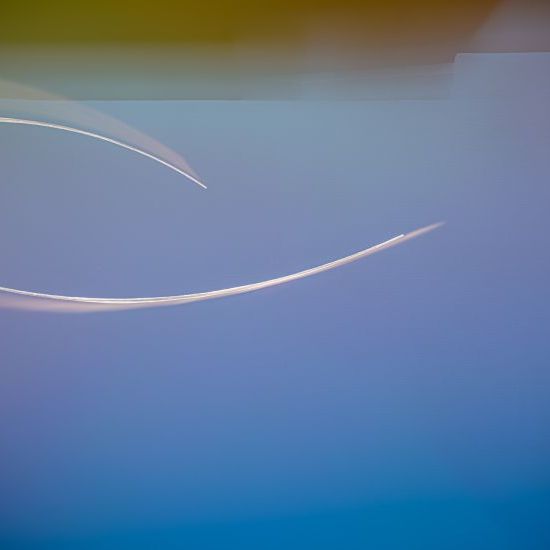
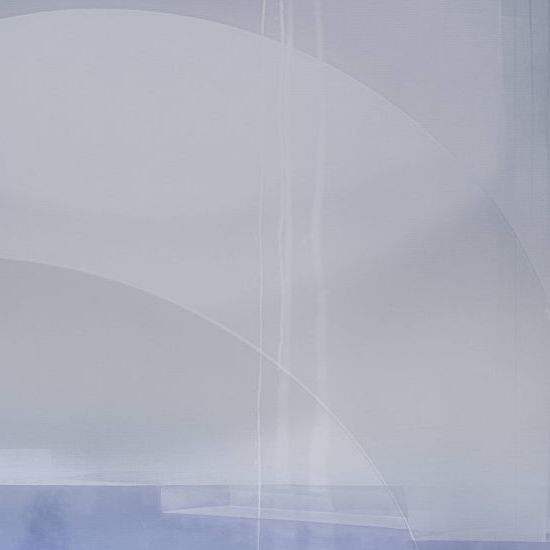

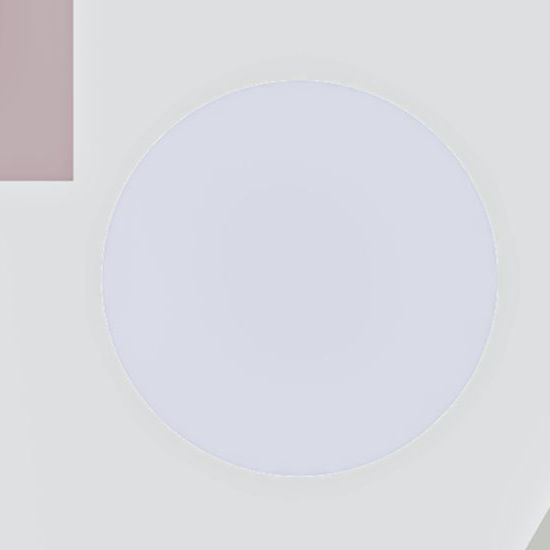
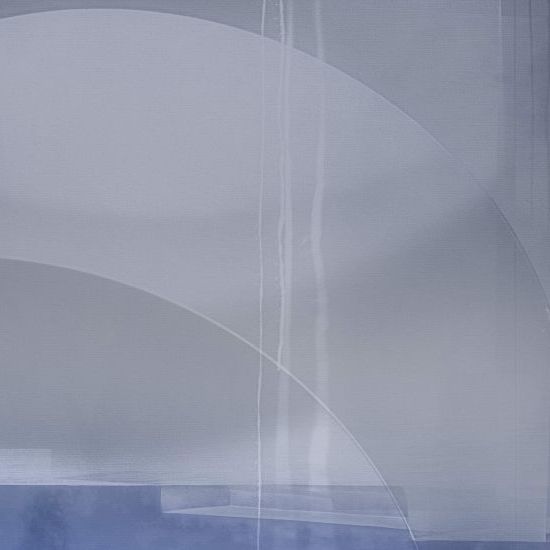

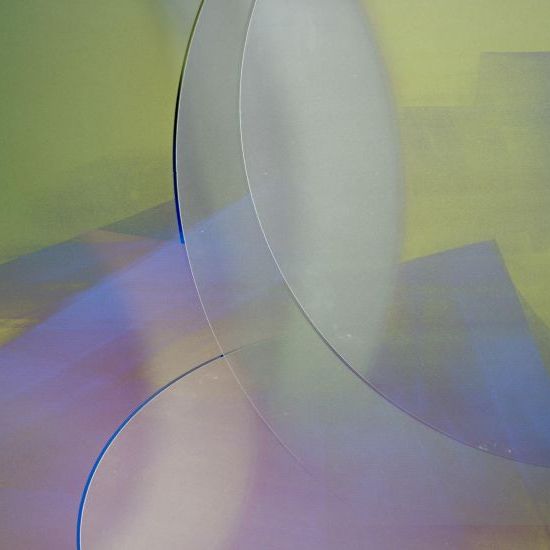

Comments
Leave a Comment
Commenting is not available in this channel entry.